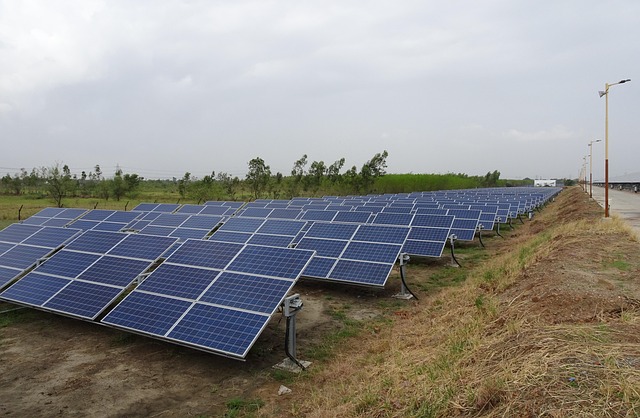As the world moves towards a more sustainable future, the challenge of integrating sustainable infrastructure into rural development has become increasingly evident. The very essence of rural living often involves navigating through landscapes that have not always been prioritized in terms of infrastructure investment. Consequently, rural communities face unique transportation sustainability challenges that can hinder their growth and accessibility.
Transport is the backbone of any community, acting as the vital link between rural areas and urban centers. Yet, in many regions, the existing transport systems are under-resourced and outdated. This disconnect creates barriers to education, employment, and healthcare. Investing in sustainable infrastructure for transport can significantly alter the landscape of rural development. By incorporating renewable energy sources, such as solar-powered buses or electric vehicles, rural areas can not only reduce their carbon footprint but also enhance their connectivity.
Moreover, sustainable infrastructure is not solely limited to transport systems. It encompasses a broader spectrum of development, including roads, bridges, and public transport hubs that are designed to meet modern needs while respecting environmental considerations. For instance, using locally sourced materials in road construction can reduce costs and support local economies. Such initiatives foster a sense of pride and responsibility among community members, creating a localized commitment to sustainability.
Furthermore, the integration of technology plays a pivotal role in rural transport sustainability. Smart logistics and transportation networks can optimize routes and reduce travel times, ultimately making services more efficient. The adoption of digital platforms for ride-sharing or community transport solutions can synergize with sustainable infrastructure, encouraging carpooling and reducing individual vehicle dependence.
While the challenges of implementing sustainable infrastructure in rural areas may seem daunting, the potential benefits are immense. Enhanced transport systems can lead to vibrant economic growth, improved quality of life, and greater environmental stewardship. Communities can blossom when they have access to efficient transport options, supporting local businesses and attracting tourism.
In addressing these issues, it’s crucial to engage local stakeholders in the planning process. Empowering communities to voice their needs and preferences not only ensures that the solutions developed are practical but also fosters a collective commitment towards sustainable practices. Collaborations among government agencies, private organizations, and local residents will lay the groundwork for a robust, sustainable infrastructure framework that meets the unique needs of rural areas.
As we continue on this journey, it’s imperative that we stay focused on the holistic approach to rural development. By prioritizing sustainable infrastructure, we can create transport systems that are resilient, equitable, and environmentally responsible, paving the way for a bright future in rural communities. Through strategic investments, innovative solutions, and community engagement, we can drive forward sustainable progress, ensuring that no rural area is left behind.




